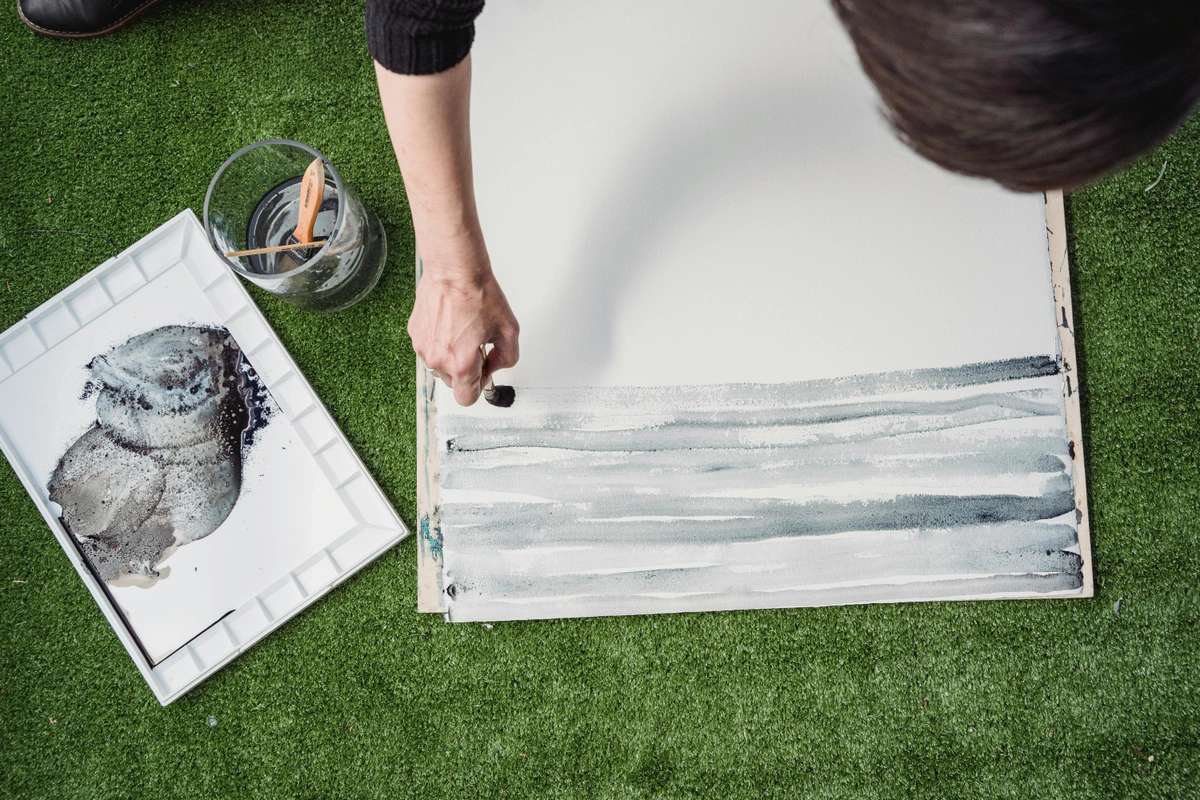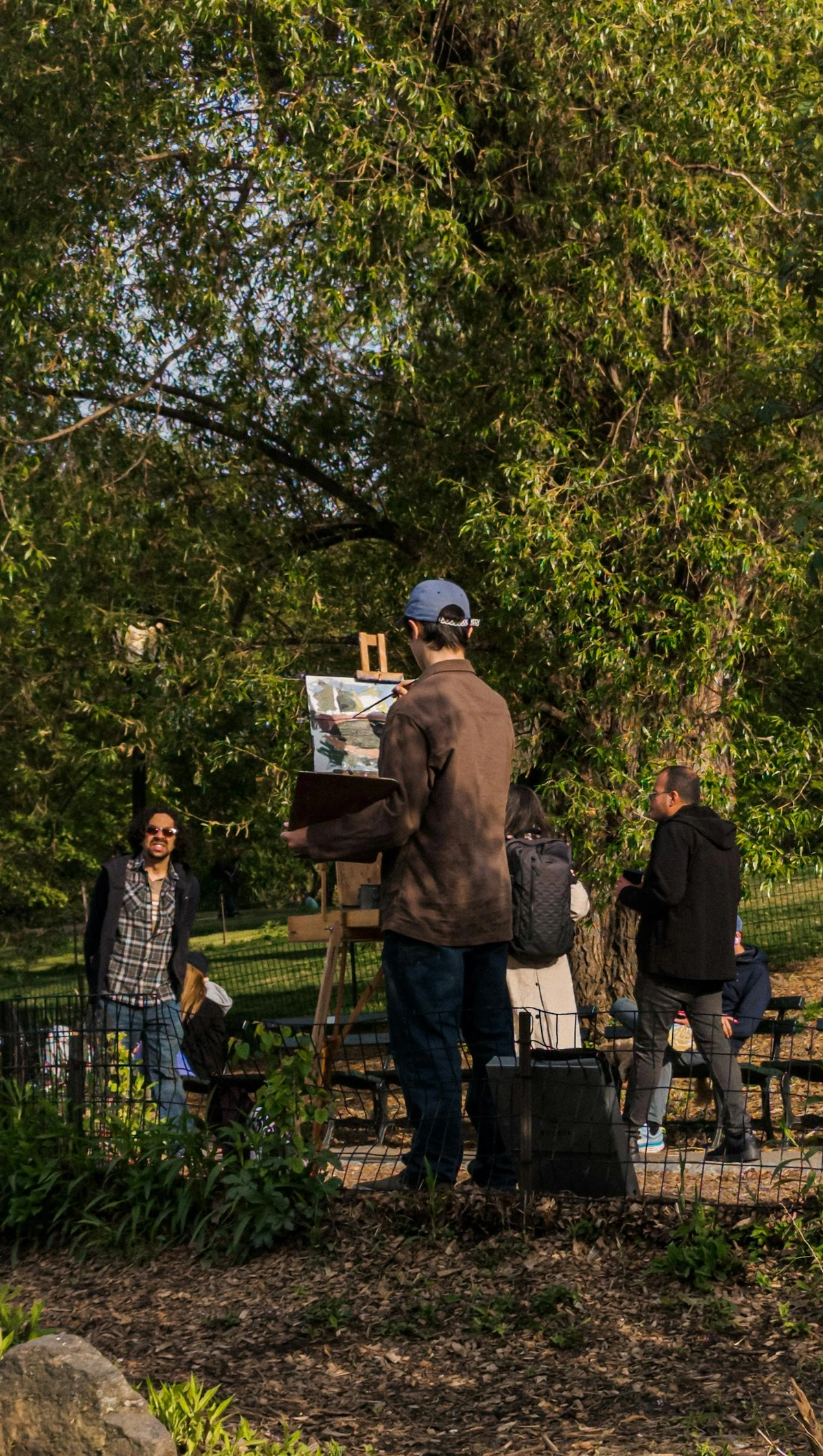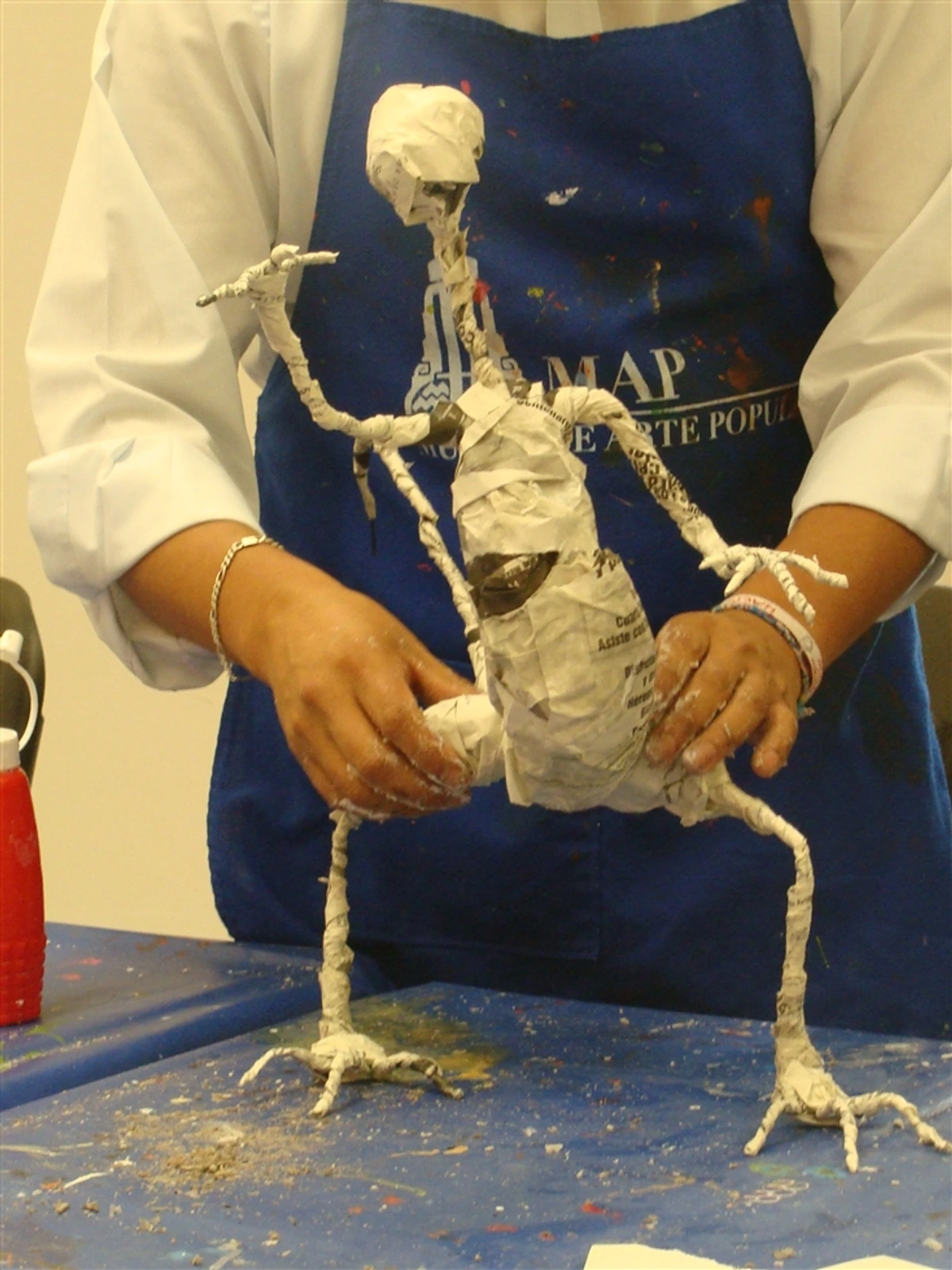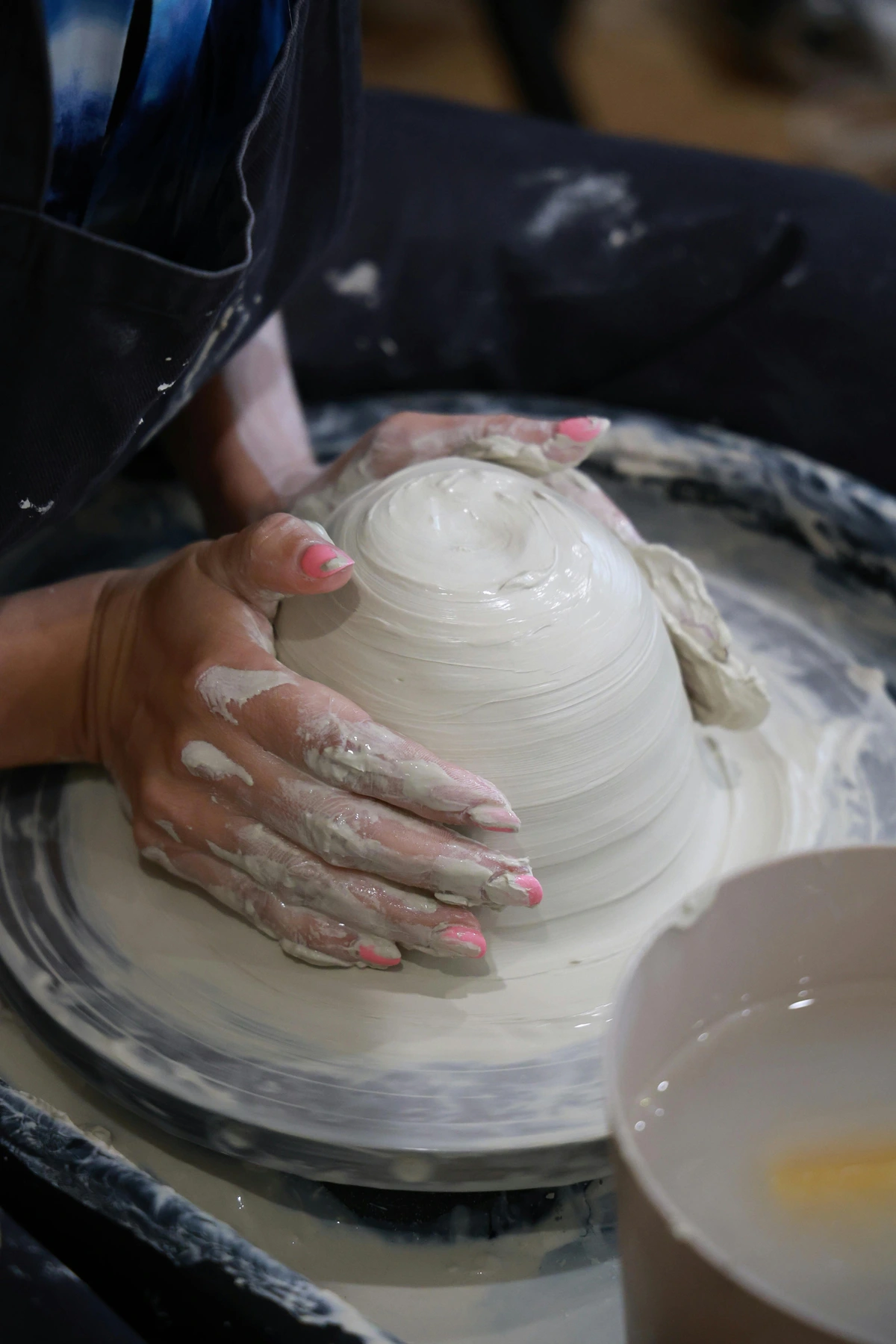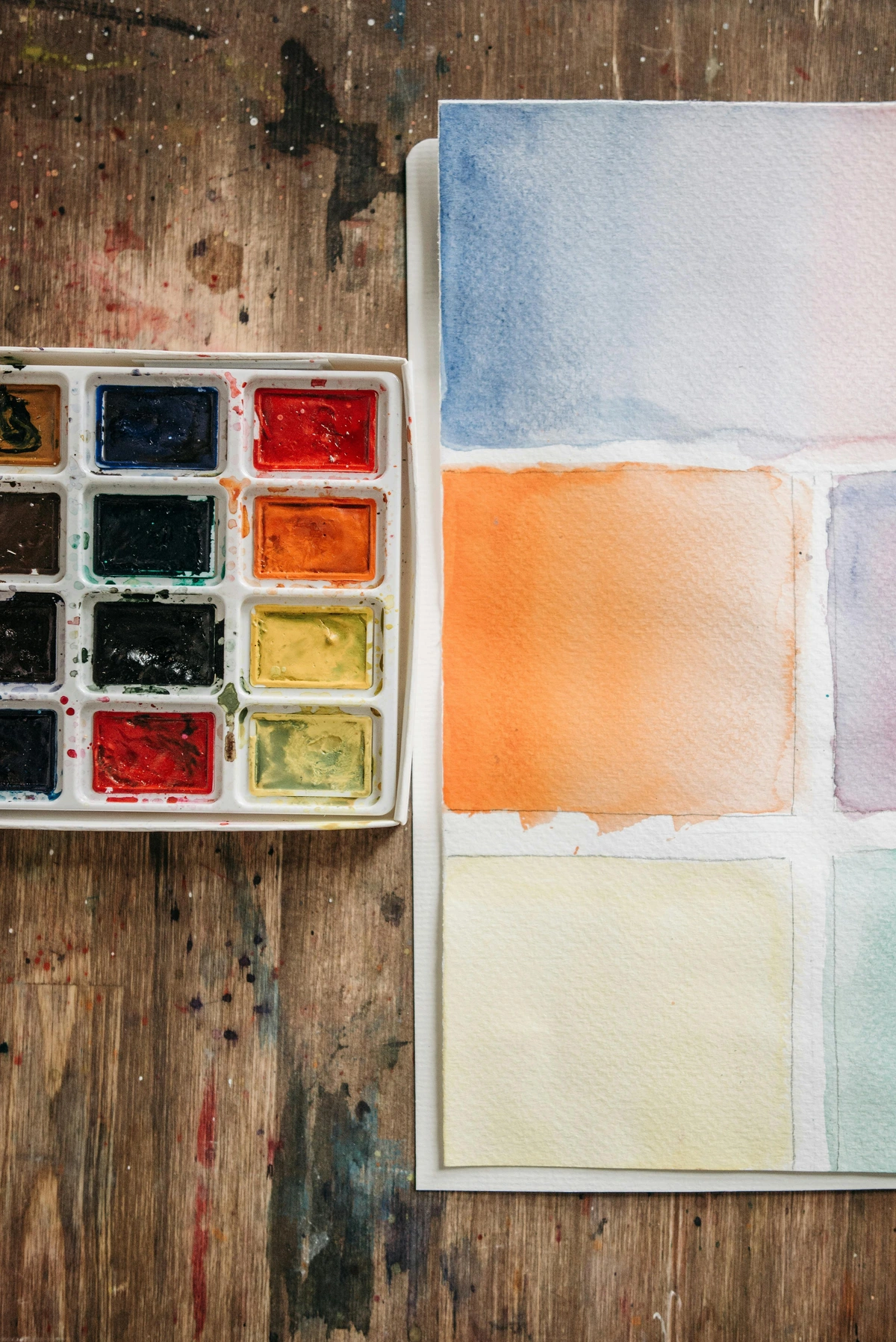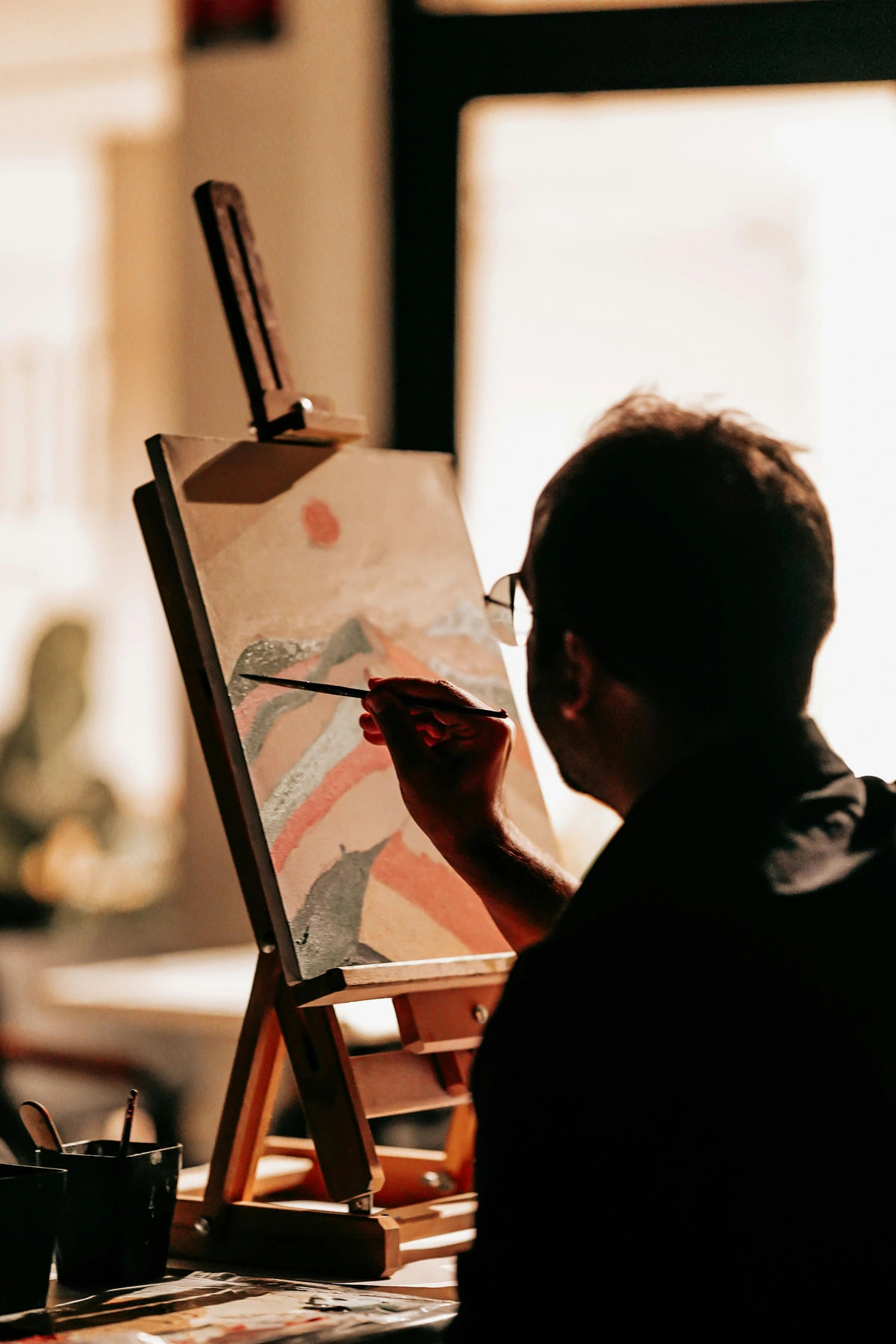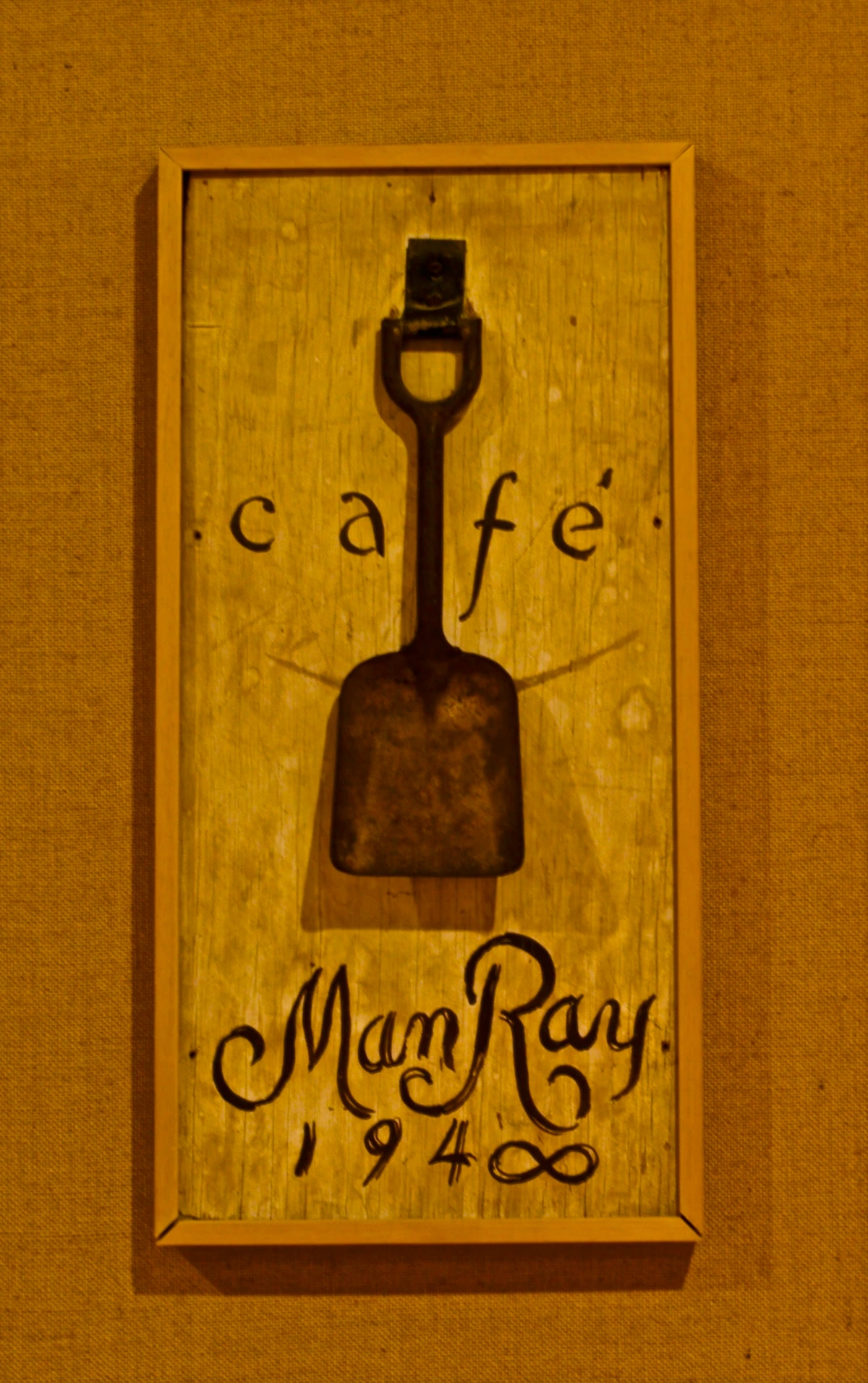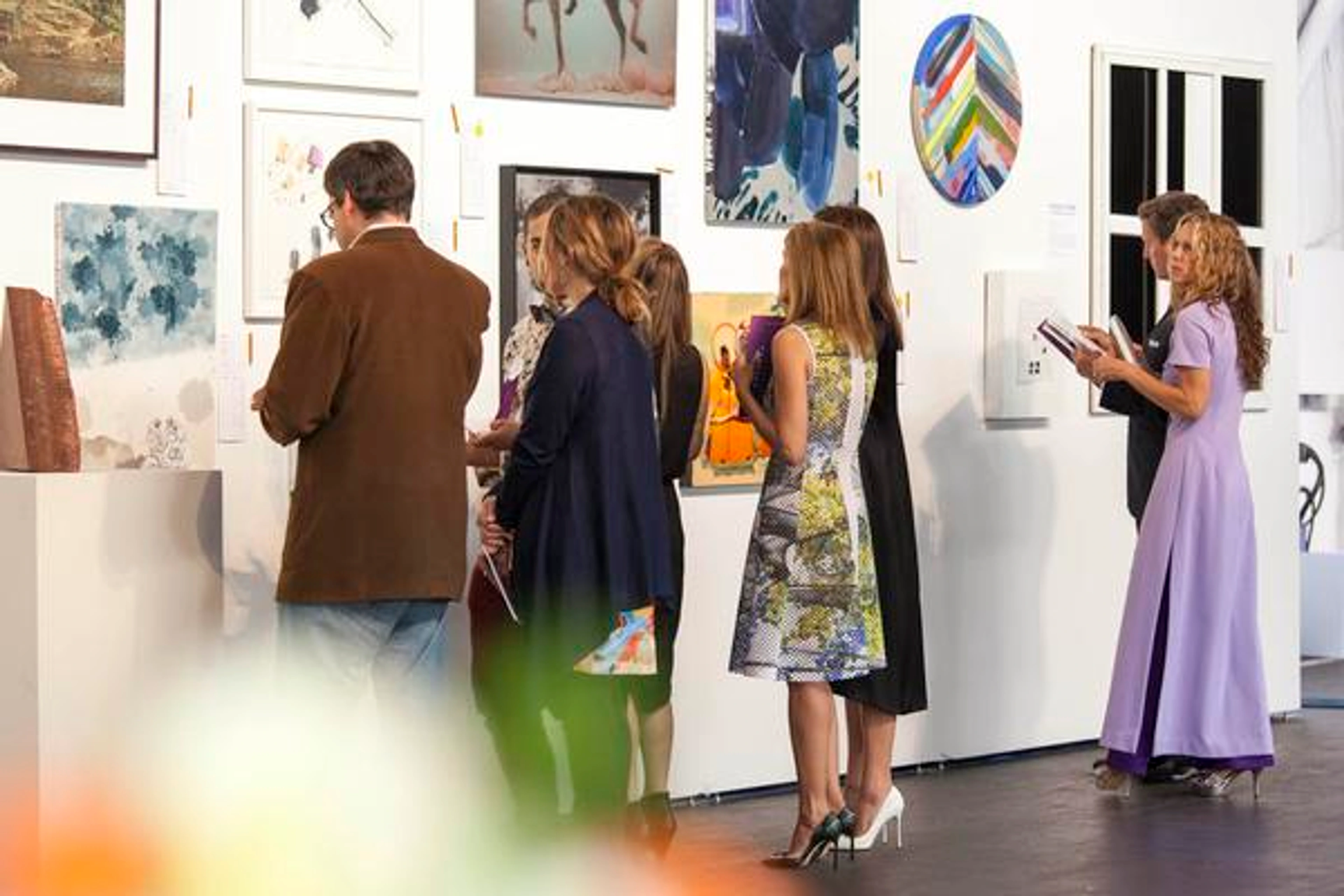
Art About Loss: Finding Light, Healing, and Connection Through Creativity
Explore how creating and experiencing art provides a unique language for processing loss, navigating grief, finding connection, and discovering resilience amidst the shadows, from an artist's deeply personal perspective.
Art About Loss: Finding Light in the Shadows
Loss. It's a word that hangs heavy in the air, isn't it? It's not just about death, though that's often the first thing that comes to mind. Loss is the quiet ache of a friendship fading, the sharp pang of a dream deferred, the slow erosion of a place you once called home. It's the constant, subtle shifting of life, leaving gaps where fullness used to be. It's the awkward silence when someone asks 'How are you?' and the truth feels too big, too messy, too... everything. Sometimes, words just fail you completely.
As an artist, I've walked with loss many times, both personally and through the work I create and witness. My own artist's journey has certainly been marked by periods where my work shifted in response to personal challenges, including loss. Standing in my studio after a particularly difficult goodbye, staring at a blank canvas, my mind was a tangled mess of sadness, anger, and confusion. Trying to articulate it felt impossible, like trying to catch smoke with bare hands. That's when I realized, for me, and for countless others throughout history, art has been that language. It's a way to touch the untouchable, to give form to the formless, to find a flicker of light even in the deepest shadows. This journey through art and loss is what we'll explore – why art becomes our companion, how its very elements speak, the healing power of creation, how we connect through it, finding resilience, navigating challenges, and how anyone can engage with this powerful form of expression.
Loss, of course, isn't a single, monolithic experience. It manifests in countless ways beyond the passing of a loved one. Art can speak to the grief of losing a job or a career path, the ache of a broken relationship, the disorientation of losing your identity or sense of self, the sorrow of declining health or physical ability, the pain of losing cultural heritage or a connection to place, or even the quiet despair over environmental loss. Each type of loss carries its own unique weight and shape, and art offers a vast, nuanced vocabulary to explore these varied landscapes of sorrow. For instance, an abstract piece might capture the chaotic fragmentation of losing one's identity, while a poignant portrait could embody the quiet strength needed to navigate chronic illness. Artists like Frida Kahlo, for example, used their work to process physical pain and emotional turmoil, demonstrating art's capacity to address the loss of physical ability or health.
Why Art Becomes Our Companion in Grief
When you're deep in the throes of loss, your world can feel muted, distorted, or overwhelmingly chaotic. Art can mirror that chaos, making you feel seen and understood – sometimes the swirling colors or jagged lines on a canvas feel exactly like the inside of my head. Think of the raw energy in a piece of Abstract Expressionism. Or, it can offer a moment of stillness, a quiet corner to simply be with your feelings. Other times, a simple, quiet piece, perhaps a serene landscape or a minimalist composition, is the only place my mind can rest.
Art about loss isn't always explicitly sad. Sometimes it's about memory, about holding onto the echoes of what was. Sometimes it's about the brutal honesty of absence. And sometimes, surprisingly, it's about the resilience of the human spirit, the tiny shoots of green pushing through cracked pavement.
It gives us permission to feel. In a world that often wants us to 'be strong' or 'move on,' art says, 'It's okay to not be okay.' It validates the messiness of grief, confirming that your feelings, no matter how chaotic or contradictory, are real and acceptable. It allows us to externalize the swirling emotions inside, putting them outside of ourselves where we can look at them, examine them, and perhaps, slowly, begin to understand them. It creates a necessary distance, a buffer between the raw feeling and the self, making the unbearable slightly more bearable. This non-verbal form of expression is crucial when words fail, offering a safe container for overwhelming emotions.
Art helps us:
- Validate complex feelings
- Externalize overwhelming emotions
- Create emotional distance for processing
- Find release and expression
- Connect with shared human experience
- Build a non-verbal container for difficult emotions
How Art Elements Express Grief
Beyond the subject matter, the very elements of art can become a language for loss. It's like a silent vocabulary waiting to be read, offering ways to articulate feelings when words fail. It's not just what is depicted, but how it's depicted that carries the weight of emotion.
Line can convey tension or fragility. Jagged lines and sharp angles might feel like the shock or anger that accompanies sudden loss, or the fractured nature of reality when something is broken. Think of the sharp, broken lines in Egon Schiele's portraits expressing psychological turmoil, or the delicate, almost dissolving lines in some of J.M.W. Turner's later works suggesting the ephemeral nature of life. Conversely, soft, blurred edges could capture the confusion or the fading clarity of memory. I remember using frantic, scribbled lines in a sketchbook once, not trying to draw anything specific, but just to get the chaotic energy of grief out of my hands and onto the page.
Color plays a huge role. Muted tones might reflect sorrow or emptiness, like the somber blues and grays of Picasso's Blue Period. Bursts of vibrant color could represent moments of fierce memory, anger, or even a defiant spark of life, much like the explosive, non-naturalistic colors used by the Fauvists to express intense emotion. Understanding how artists use color can unlock deeper meaning in works about loss. I often find myself drawn to deep indigos and blacks when I'm feeling low, but sometimes a sudden splash of cadmium yellow feels like a defiant assertion of life.
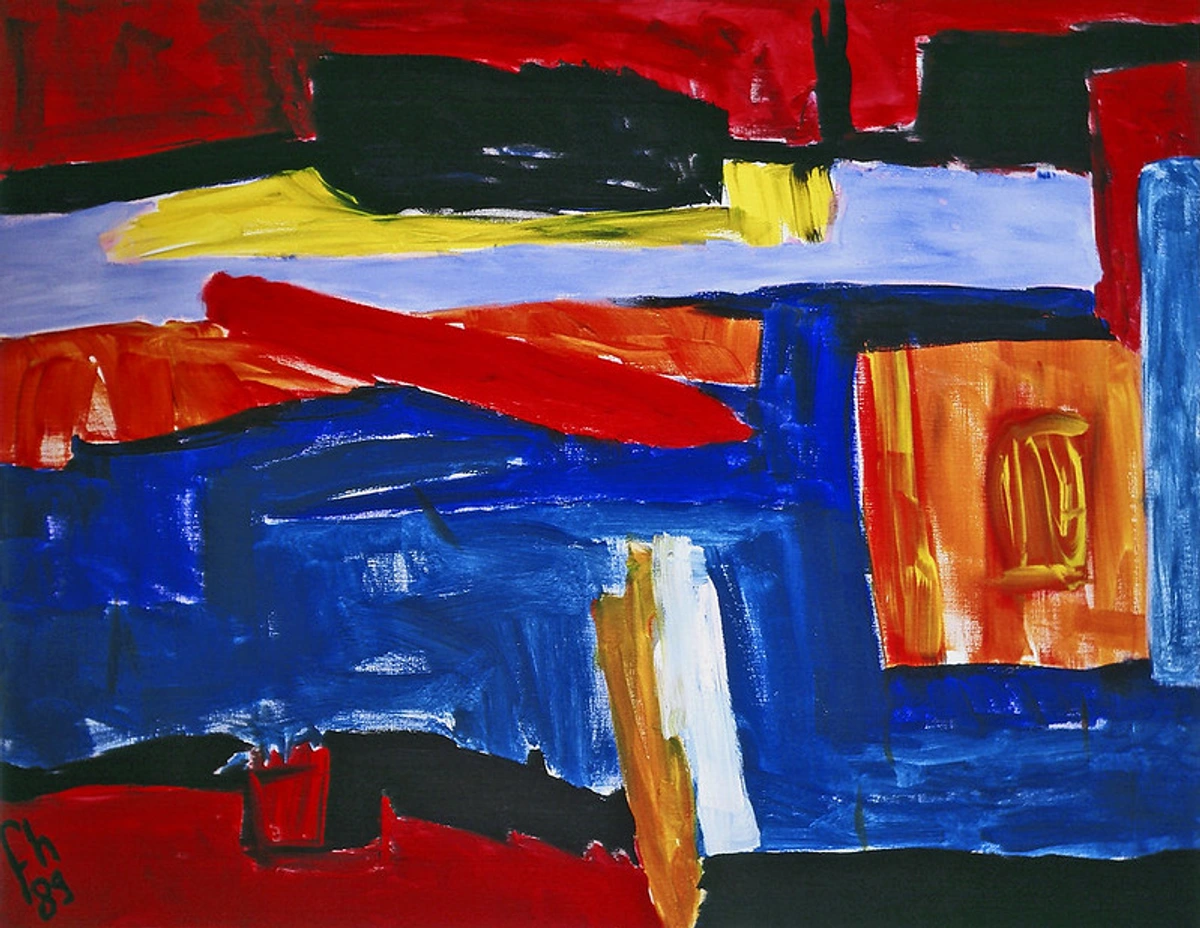
The texture of a piece – rough and layered or smooth and sparse – can mirror the complexity or the starkness of the emotional landscape. A heavily impastoed surface might feel like the weight of grief, the thick, built-up layers echoing the burden carried. A smooth, empty space could evoke absence, the void left behind. I've worked with thick plaster and sand in my own pieces when trying to convey a sense of roughness and struggle.
Beyond these, consider Shape and Form. Distorted or fragmented shapes can reflect a fractured sense of self or reality after loss, while solid, grounded forms might represent attempts to find stability. Space itself can be used powerfully; vast, empty spaces can emphasize loneliness or absence, while crowded compositions might convey overwhelm or clinging to memories. Even Value (lightness and darkness) speaks volumes – deep shadows can embody despair, while stark contrasts might highlight moments of clarity or conflict. Understanding how artists use these elements can deepen our connection to art about loss and help us articulate our own feelings.
The Healing Power of Creation
As an artist, I've found the very act of creation to be profoundly therapeutic. It's not about making something 'good' or 'sellable' (though you can buy art if you like!). It's about the process itself. The physical act of mixing paint (Artist Mixing Paint on Palette
credit, licence), shaping clay, carving wood (Woodblock Carving
credit, licence), or even just scribbling furiously in a sketchbook can release pent-up energy and emotion. I remember one period of intense grief where I just mixed vast quantities of dark, muddy colors – the physical effort of pushing the thick paint around the palette felt like I was wrestling with the heaviness in my chest. It wasn't a 'pretty' process, but it was a necessary release. Another time, after a different kind of loss, I found myself compulsively drawing intricate, repetitive patterns, a way to impose order on internal chaos.

Psychologically, this creative process offers several benefits. It can be a form of mindfulness, grounding you in the present moment and the physical sensations of making, providing a temporary escape from intrusive thoughts. It offers a sense of agency and control in a situation where you likely feel powerless. It allows for the external processing of emotions – taking the internal turmoil and giving it an external form that you can then observe and interact with, making it less overwhelming. It's like building a container for the feelings that feel too big to hold inside. Creating a visual narrative, even a non-linear one, can help make sense of a fragmented experience.
Sometimes, the art that emerges is a direct representation of the loss – a somber portrait, a chaotic abstract piece reflecting inner turmoil. Other times, it's something completely unexpected, a burst of color or a serene landscape that represents a longing for peace or a glimpse of hope. It's like the canvas or the clay becomes a silent confidante, holding space for the unspeakable.
Beyond traditional mediums, consider the therapeutic power of collage art, assembling fragments to make sense of brokenness, or visual journaling, a free-form space for raw emotion. Even working with eco-friendly art materials can add a grounding, tactile element to the process. Art therapy, led by trained professionals, specifically utilizes the creative process to help individuals explore and express difficult emotions in a safe environment, often focusing on the process rather than the product.
Finding Connection Through Art and Memory
Art about loss also connects us. When you see a painting, read a poem, or hear a piece of music that resonates with your own experience of grief, you feel less alone. Someone else understood this feeling, this specific shade of sorrow or this particular flicker of resilience. This connection isn't limited to visual art; a melancholic piece of classical music, a raw, honest poem about absence, or a powerful performance piece can all tap into that universal human experience of loss, making us feel part of a larger, shared narrative.
Consider the power of performance art, where artists use their bodies and actions to explore themes of vulnerability, memory, and absence. Or dance, where movement itself becomes a language for expressing the physical and emotional weight of grief. Film and theatre, too, offer narratives that can mirror our own experiences, providing catharsis and understanding.
Museums and galleries, like the den Bosch museum or others around the world (explore museums worldwide), become spaces for shared reflection, even in silence. You might stand before a work that speaks to you across centuries, a silent acknowledgment from a stranger across time and space that this messy, isolating feeling is, paradoxically, a shared human experience.
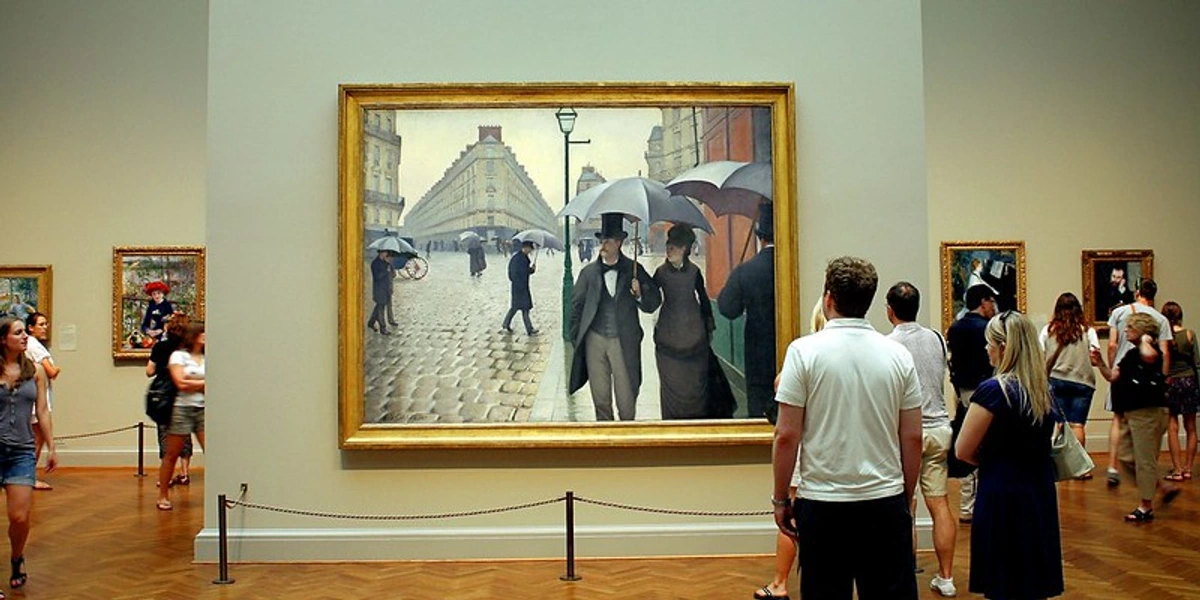
Consider Picasso's "Guernica", a powerful response to the bombing of a Spanish town. It's not a literal depiction, but its fragmented, anguished forms speak volumes about the horror and loss of war. Or think of the quiet, contemplative beauty of a Rothko color field painting (Mark Rothko: Ultimate Guide) – for some, these vast expanses of color evoke deep emotional responses, including feelings related to absence or transcendence after loss. These works, though famous, resonate because they tap into something universally felt. Beyond Western examples, consider the profound expressions of grief and remembrance found in traditional Japanese woodblock prints depicting transient beauty (Pointillism was influenced by these!) or the vibrant, often cathartic, public murals found in many Latin American cultures (Contemporary Art in Spanish-Speaking Countries). Art from different cultures offers unique perspectives on loss, from the elaborate memorial traditions in Mexico's Day of the Dead art to the contemplative ink wash paintings of East Asia that evoke impermanence.
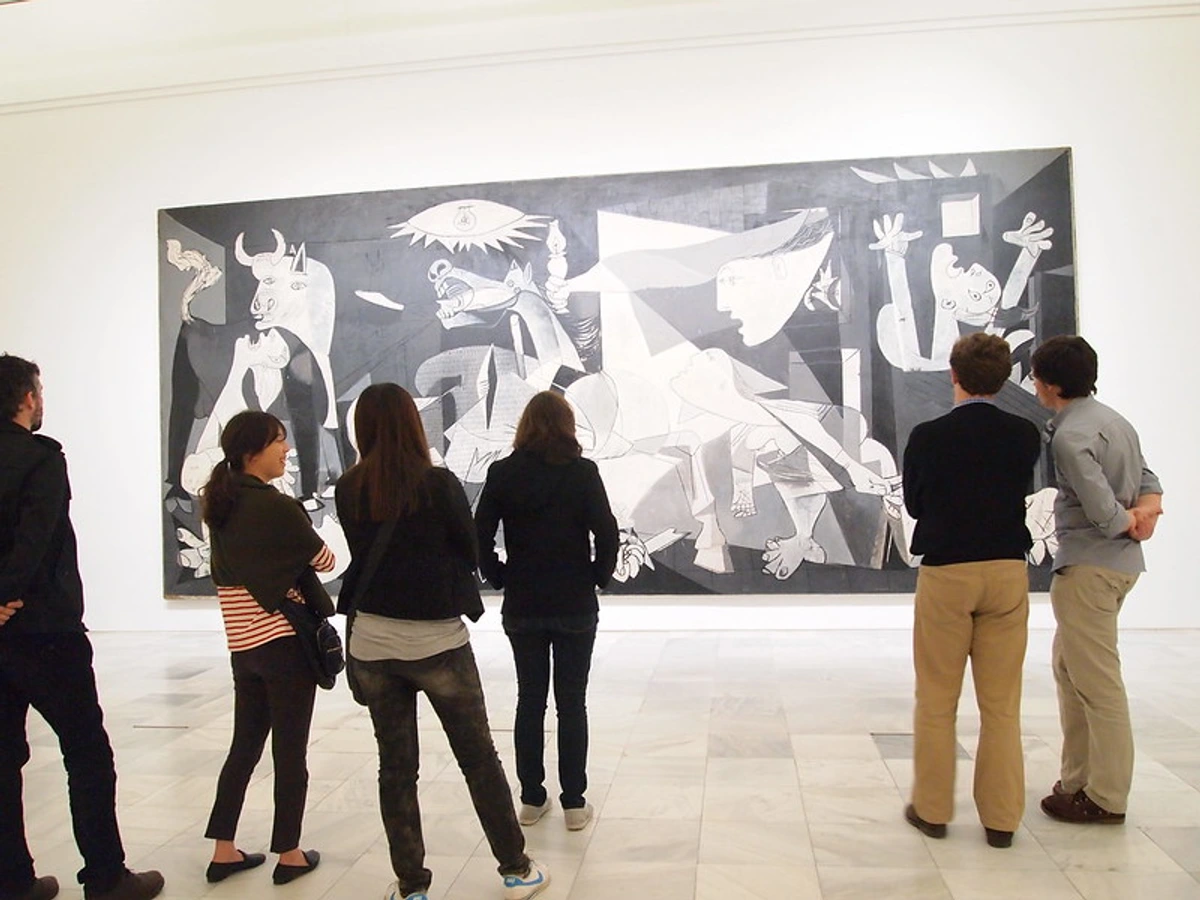
Art also helps us hold onto memory. A portrait, a sculpture, even an abstract piece created in someone's honor, can serve as a tangible link to what was lost. It's a way of keeping their presence alive, not just in our minds, but in the physical world. Creating a piece inspired by a loved one's favorite color or a shared memory can be a deeply personal act of memorialization, a form of memento mori (a reminder of mortality, but here, framed as a celebration of enduring connection) that isn't morbid but rather a celebration of enduring connection. Public memorial art, like sculptures or murals, serves a similar purpose for communities, offering a shared space for collective grief and remembrance. Think of the AIDS Memorial Quilt or the numerous public sculptures commemorating historical tragedies – they create shared spaces for collective grief and remembrance. Art allows us to revisit memories, process them through a creative lens, and create new objects that embody the significance of what was lost.
Beyond Sadness: Resilience and Finding Light
While art is a vital tool for processing sadness, it's equally powerful in expressing resilience and the eventual emergence of light. Think of vibrant, expressive works that capture the raw energy of survival, or serene pieces that embody hard-won peace. Art allows for the complex, often contradictory nature of grief – the ability to hold both sorrow and hope simultaneously. A piece might feature dark, heavy brushstrokes alongside bright, hopeful colors, much like a day where tears are unexpectedly punctuated by a moment of laughter or a beautiful sunset. A painting like Van Gogh's "Starry Night Over the Rhône" with its vibrant stars over dark water, or even a contemporary piece that uses bold, contrasting elements, can embody this coexistence.
Resilience in art isn't about pretending the loss didn't happen; it's about depicting the strength found through the experience. It can be seen in the dynamic composition of a piece that feels like pushing forward (Dramatic Art Styles), the use of light breaking through darkness (How Artists Use Light and Shadow Dramatically), or the symbolic representation of growth or transformation. Sometimes, the resilience is in the sheer act of creation itself – the artist's refusal to be silenced by sorrow. It doesn't demand that the light erase the shadow, but rather shows that they can coexist. It's in the tension between the two that some of the most profound art is created. It's about finding beauty not despite the brokenness, but sometimes within it. This ability to find light within the shadows is, perhaps, the most powerful message art about loss can offer. Consider artists who use found objects or discarded materials in their work, transforming something broken or unwanted into something beautiful and meaningful – a powerful metaphor for finding resilience after loss.
Engaging with Art When You're Not an Artist
But what if you're not the one holding the brush or chisel? You don't need to be a professional artist to let art help you navigate loss. Simply engaging with art – visiting a gallery (What is an Art Gallery?), listening to music, reading poetry, even just looking at images online – can be a powerful way to connect with your emotions and find solace. Look for pieces that resonate with you, that seem to understand what you're feeling, or that offer a perspective you hadn't considered. Remember, your own experience of loss will shape how you interpret the art, making the interaction deeply personal and unique.
Navigating the emotional landscape of art about loss isn't always easy. Sometimes, a piece can be overwhelmingly sad or even triggering, bringing raw emotions to the surface unexpectedly. It's important to approach this gently. Give yourself permission to step away if needed. Not every piece will resonate, and that's okay. Think of it as exploring a landscape; some paths are harder than others, and you can choose where you walk and for how long. If a piece feels too intense, try focusing on the artist's technique or the historical context rather than the emotional content, or simply step back and breathe. Journaling about your reaction can also help process the intensity. And remember, while art is a powerful tool, it's not a replacement for professional support if you are struggling with grief.
Beyond passive viewing, consider active engagement. These don't require formal training:
- Visual Journaling: Keep a sketchbook or journal where you freely draw, paint, or collage your feelings without judgment. It's about expression, not perfection. Try prompts like: "Draw the shape of your sadness," "Use colors to represent a specific memory," "Create a collage of things you miss or things that bring comfort."
- Mood Boards: Create a collage using found images, textures, and colors that represent your current emotional state or memories.
- Simple Creation: Use basic materials like crayons, markers (Zenmuseum markers with drawings
credit, licence), or clay to create simple pieces based on your feelings or memories. Focus on the tactile experience and the process, not the outcome.
- Curated Playlists: Create music playlists that reflect different stages or aspects of your grief.
- Descriptive Writing: Choose a piece of art that evokes a strong feeling and write about it – not an intellectual analysis, but a description of what you see, feel, and think in response. Let it be a mirror, a sanctuary, or a quiet conversation with someone who has walked a similar path.
- Engage with Community Art: Participate in local memorial projects, community murals, or group art therapy sessions. Creating alongside others, even in silence, can foster a sense of shared experience and reduce isolation.
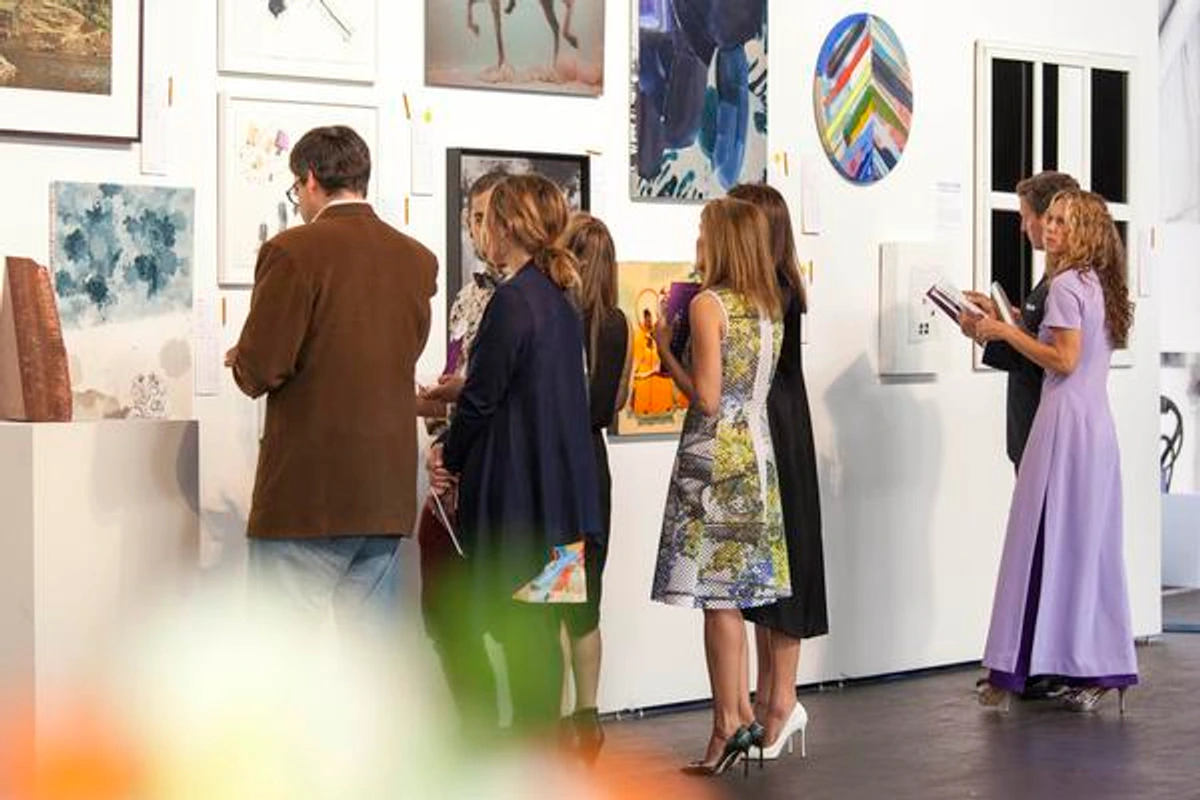
Finding art about loss is easier than you might think. Beyond major museums (Best Museums), explore online galleries (Buying Art Online), independent artist websites, local community art centers, or even books and documentaries focusing on artists who have dealt with difficult themes. You can also search online databases or museum collections using keywords related to loss, memory, or specific emotions. Look for exhibitions focused on social issues or artists known for exploring difficult themes. Collaborative memorial projects or group art therapy sessions can also provide a sense of community and shared expression. Don't be afraid to explore different types of artwork or art genres – you might find solace or understanding in unexpected places, from photography capturing fleeting moments to sculpture embodying permanence.
The Enduring Language of the Soul
Loss is an inevitable part of the human experience. It reshapes us, leaves its mark, and often feels isolating. But art offers a bridge. It's a universal language that transcends words, allowing us to express the inexpressible and connect with others on a deeply emotional level. Whether you are creating art or simply experiencing it, it provides a space for processing, remembering, and ultimately, finding moments of light and resilience amidst the shadows. It reminds us that even in our most broken moments, there is still the capacity for beauty, understanding, and connection. Seek it out, create it, and let it speak to you in its unique, enduring language.
